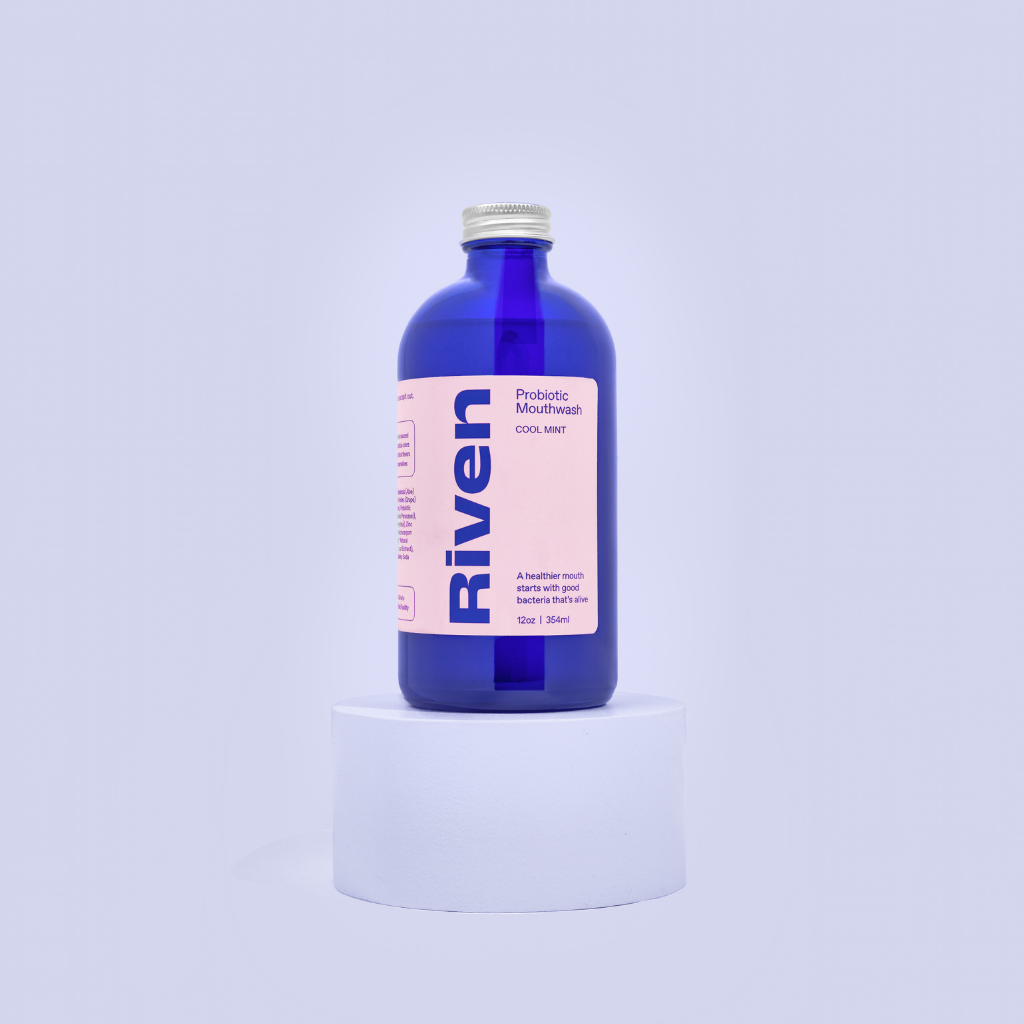Exploring the ongoing debate surrounding fluoride and hydroxyapatite in dental care products, providing scientific insights to help you make informed decisions. Learn about the advantages and disadvantages of these ingredients to determine the toothpaste that aligns best with your oral health goals.

When it comes to maintaining excellent oral hygiene, the choice of toothpaste matters. The ongoing discussion between fluoride and hydroxyapatite brings to light various considerations for your dental care routine. By understanding the benefits and drawbacks of these components, you can make an informed choice that suits your individual needs.
Exploring Fluoride
Fluoride, a cornerstone of toothpaste formulations, is acclaimed for its role in averting tooth decay and bolstering enamel strength. Scientific research underscores its capacity to reverse demineralization, reinvigorate teeth, and reinstate their structural integrity. Nonetheless, concerns linger regarding fluoride's potential impact on the balance of the oral microbiome and its potential toxicity at elevated concentrations, leading to ongoing discussions within the dental community.
Understanding Hydroxyapatite
Hydroxyapatite, a calcium compound found in both tooth enamel and dentin, has emerged as a promising alternative to fluoride. Its proficiency in addressing enamel fissures caused by demineralization effectively fortifies teeth, facilitating remineralization. Furthermore, hydroxyapatite provides supplementary benefits including promoting a balanced oral microbiome, fortifying enamel, delivering a tooth-whitening effect, and boasting a lack of established toxicity concerns.
Comparing Effectiveness
Both fluoride and hydroxyapatite exhibit their effectiveness in remineralizing teeth and thwarting tooth decay. While fluoride maintains its standing as a widely endorsed choice and the gold standard in oral care, the emergence of hydroxyapatite as a potential substitute is attributed to its distinct advantages. The decision between these two alternatives hinges on personal inclinations, specific dental requisites, and the desired attributes of the chosen toothpaste, shaped by both individual preference and prevailing oral health trends.
Examining Different Toothpaste Varieties
Beyond the discourse of fluoride versus hydroxyapatite, it's prudent to consider an array of toothpaste variations. Specialized formulations recommended by dental experts encompass sensitivity control toothpaste, charcoal toothpaste for natural teeth whitening, tartar control toothpaste for managing plaque, anti-microbial toothpaste for gum health, and whitening toothpaste for a brighter smile. Each variety offers unique merits and factors to weigh.
Conclusion
Toothpaste serves as a cornerstone of optimal oral hygiene. Regardless of whether your preference leans toward fluoride or hydroxyapatite toothpaste, grasping their mechanisms, benefits, and potential limitations is pivotal. By upholding recommended oral care practices, including brushing twice daily, daily flossing, and routine dental check-ups, you can ensure enduring dental well-being. For personalized recommendations tailored to your individual oral health needs, consulting your dentist remains invaluable.
For further insights into the ongoing fluoride vs. hydroxyapatite discourse, delve into the article "The Controversial Debate: Fluoride vs. Hydroxyapatite for Oral Health"





